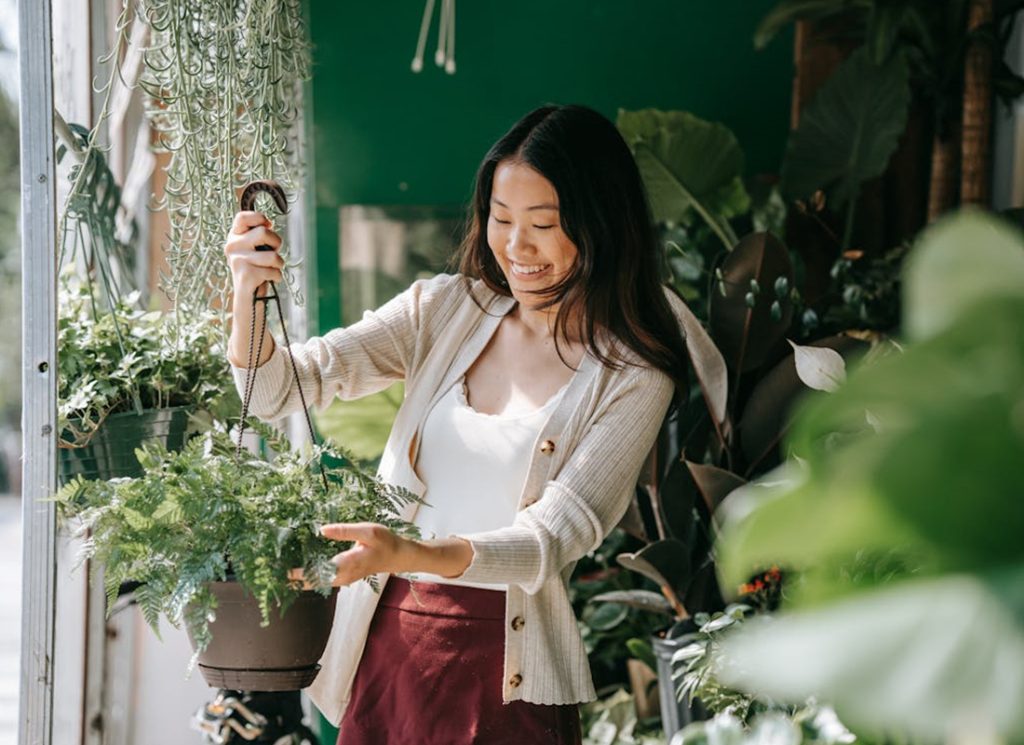First and foremost, understanding the specific light requirements of your plants is crucial. Different species thrive in varying light conditions, ranging from low light to bright, indirect sunlight. Assess the natural light available in your home and choose plants that are well-suited to those conditions. For example, snake plants and pothos are excellent choices for low-light areas, while succulents and cacti prefer bright, direct sunlight. Regularly rotating your plants can also help them grow evenly and prevent leaning towards the light source.
Watering is another critical aspect of plant care. Overwatering is one of the most common mistakes made by indoor gardeners. It is essential to understand the watering needs of each plant. Some plants, like succulents, prefer to dry out completely between waterings, while others, like ferns, thrive in consistently moist soil. A good rule of thumb is to check the top inch of soil; if it feels dry, it’s time to water. Always use pots with drainage holes to prevent water from accumulating at the bottom, which can lead to root rot.
Humidity levels can significantly impact the health of your indoor plants. Many houseplants, especially tropical varieties, thrive in higher humidity levels. If your home is dry, especially during winter months, consider using a humidifier or placing a tray of water near your plants to increase humidity. Grouping plants together can also create a microclimate with higher humidity levels. Additionally, misting the leaves can help maintain moisture, but be cautious not to overdo it, as excessive moisture on leaves can lead to mold or fungal issues.

Fertilizing your indoor plants is essential for providing the necessary nutrients they need to grow. During the growing season, typically spring and summer, use a balanced, water-soluble fertilizer to promote healthy growth. Follow the instructions on the fertilizer package to avoid over-fertilizing, which can harm your plants. In the fall and winter, many plants enter a dormant phase and require less fertilization, so reduce the frequency during this time.
Pruning and cleaning your plants are also important for their health and appearance. Regularly remove dead or yellowing leaves to encourage new growth and prevent pests. Cleaning the leaves with a damp cloth can help remove dust and improve photosynthesis. Additionally, inspecting your plants for signs of pests or disease is essential. Early detection can prevent infestations from spreading and protect the overall health of your indoor garden.
Lastly, repotting your plants is a necessary part of their care as they grow. When a plant becomes root-bound or outgrows its pot, it may show signs of stress, such as stunted growth or yellowing leaves. Repotting allows for fresh soil and more space for roots to expand. Choose a pot that is one size larger than the current one and ensure it has drainage holes. Gently loosen the roots and place the plant in the new pot, filling it with fresh soil.
By following these care tips, you can create a thriving indoor garden that enhances your living space. Understanding the specific needs of your plants, including light, water, humidity, and nutrients, is essential for their success. With a little attention and dedication, your indoor plants can flourish, bringing beauty and vitality to your home.

